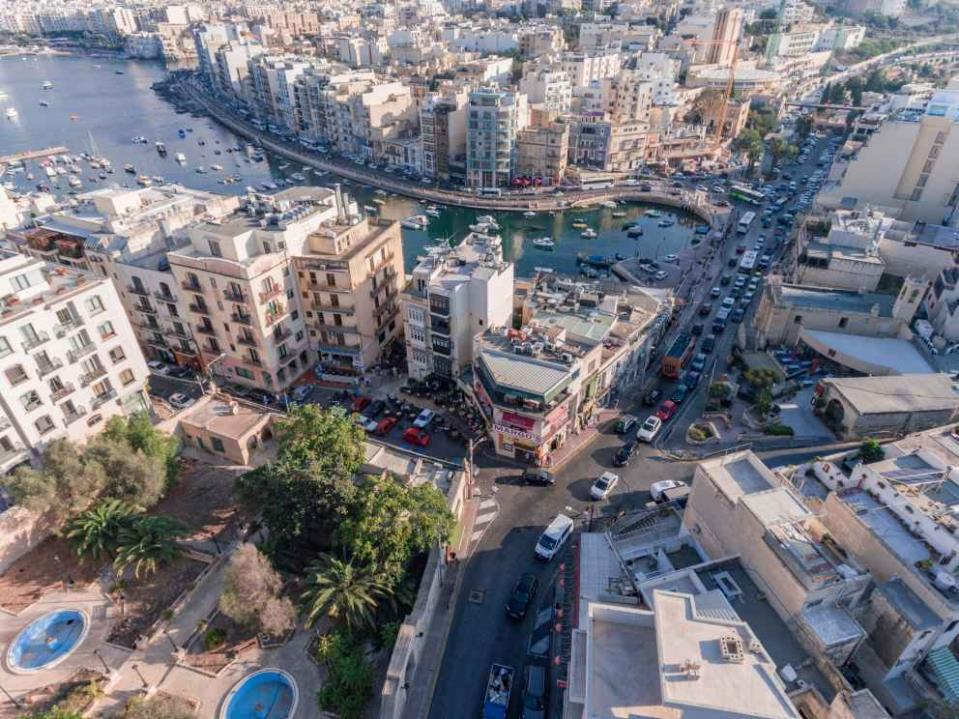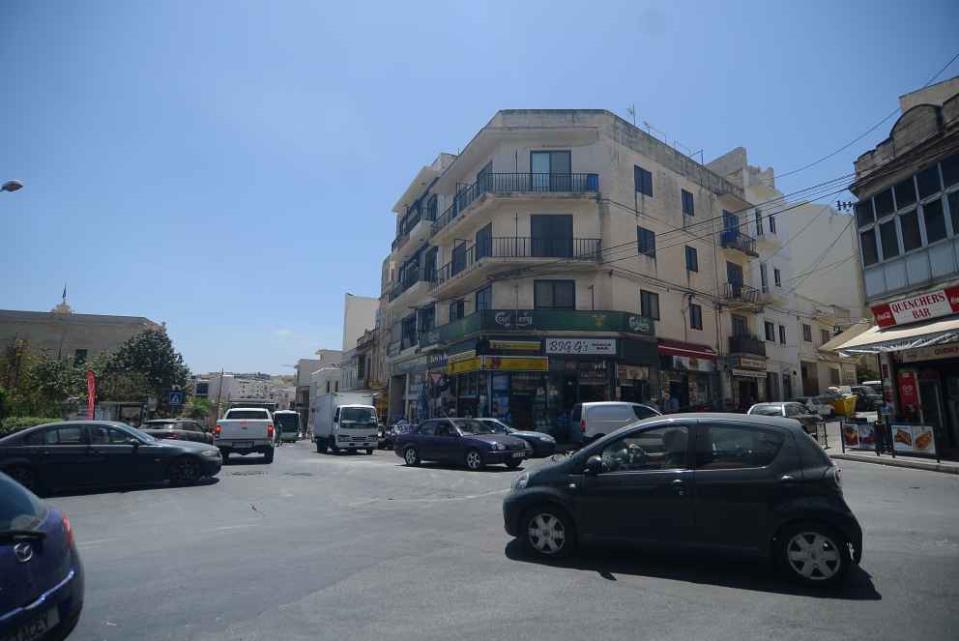The number of cars on the road in Malta is a concern, however not as much of a concern as the extent to which these cars are used, according to traffic expert and consultant Bjorn Bonello.
The Malta Independent contacted Bonello in light of a Eurostat report titled ‘Passenger Cars in the EU’, which was published this month and showed that Malta has the second highest number of cars per inhabitant in the European Union. Malta was shown to have 634 passenger car per 1000 people, whilst Luxembourg, who ranked first in the study, has 661 cars per 1000 people.
“The sheer number of cars is a concern, but in my opinion it is secondary to the extent of the use of those cars,” Bonello told this newspaper.” The fact that most of the cars have a single occupant, while another significant portion is made up by parents rat running through the streets to drop off children during the morning peak commuting journeys, creating stress on the network and on the corridors and areas they pass through with all the associated problems is a very significant.”
Unlike Luxembourg and Liechtenstein, Malta does not have any cross border workers commuting in and out, which is one of the major contributors for car numbers in those countries. Moreover, both Luxembourg and Liechtenstein, have a robust public transport system, and have a GDP per capita in excess of USD$ 100,000 compared to the $33,000 of the Maltese, with a public transport system that has seen some improvement but does not offer a real alternative to the private car for most of the population. Therefore in Malta buying a car is more of a burden than elsewhere, which may in part explain the flood of second class cars that has given many access to a car but has done little to rejuvenate the fleet overall.
Bjorn Bonello
Parking
“Moreover, it seems the lax application of the Commuted Payment Parking Scheme (CPPS) and Urban Improvement Fund (UIF) through the decades, has allowed developments to pay for massive shortage of parking, without actually using those funds to develop strategic public car parks, but ironically increasing pressure on on-street parking which many localities severely lack and which reduces our road capacity greatly,” he went on to say, pointing to the problems Malta faces with parking.
“Again, from regular traffic surveys conducted, it seems that the use of garages has declined, not because they are not needed but because, many are not sold with the dwelling or often used as a household store. As a result vehicles from residential households park on street, dramatically reducing road width and capacity. It is disheartening to see many residential areas can't handle two opposing light vehicles passing each other and I'm sure many have witness this many times. This is costing the country dearly in pecuniary terms, but also environmentally, quality of life and health,” he said.

Cost of using a car
“With most households having at least two cars, I staunchly believe that few Maltese drivers, particularly with medium to low incomes have ever considered the actual cost of using a car,” Bonello said.
“Although not backed by any scientifically, very rough estimates would be about €1800-2300 per annum per vehicle, considering running costs, clearly fuel, insurance, road tax, servicing. This is a big chunk of a household's budget, one which is considered as an essential recurring expense as they can't imagine life without a car,” he explained.
He went on to say that this differs from the use of cars in mainland Europe, who have a car but use it less as a mode of commuting and perhaps more for leisure and recreation during weekends.
Bonello believes that letting the motorist know how much it costs to use a car could help the situation in Malta. “Education is key, always,” he said, when asked to list possible ways forward to help Malta’s traffic problem, “let the motorist know how much it costs to use a car, in the old fashioned pounds, shillings and pence.”

The way forward?
When asked for realistic, possible ways forward to solve Malta’s traffic issues, Bonello listed a few.
“I don't agree with battling the motorists but rather present viable and attractive alternatives. Education is key, always. Let the motorist know how much it costs to use a car, in the old fashioned pounds, shillings and pence. The fact that we have a severe shortage of parking in many areas that sometimes paradoxically threatens the vitality of the business community of that same locality is a concern. In certain areas providing more managed parking and having a holistic parking strategy for each local council, will not attract more motorists but reduce the amount of cruising for parking and all the associated negative impacts. Introduce measures to make sure motorists use off-street parking (garages etc), hence improving road capacity,” he said.
“There are a number of measures that can reduce the use of cars, particularly for short to medium journeys,” he said, listing the following: “have a land use policy that is consistent, transparent and accountable and that guides new schools, offices and large developments to be built within the settlements rather than at the peripheries or outside development zone, where walking or the use of public transport will not be attractive. Help Local Councils produce holistic and integrated traffic management schemes, that allow public transport and other modes of transport to have an edge on cars. Implement schemes like Controlled Vehicular Access which are not altered and progressively dismantled by parochial approach to long term planning.”
Identify more Park and Ride sites that tackle commuting traffic much earlier and offer a seamless interchange. Have different strategies that target particular aspects of the network and that are actively monitored and assessed, such as problematic junctions, vehicle responsive signalled junctions and most importantly continuous bus lanes that may be used by all modes of public transport, electric vehicles and car pooling commuters.